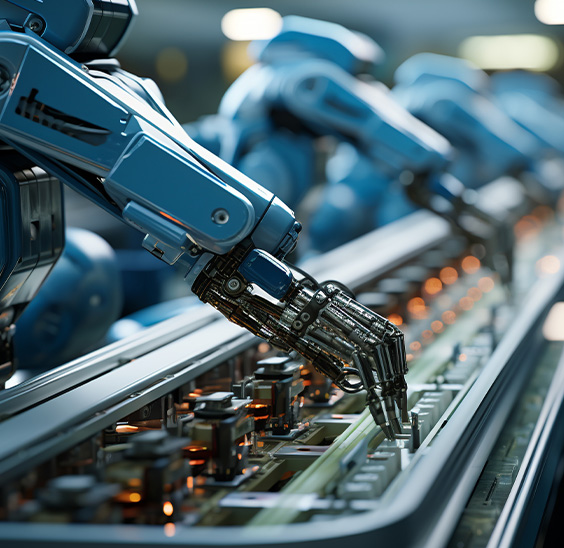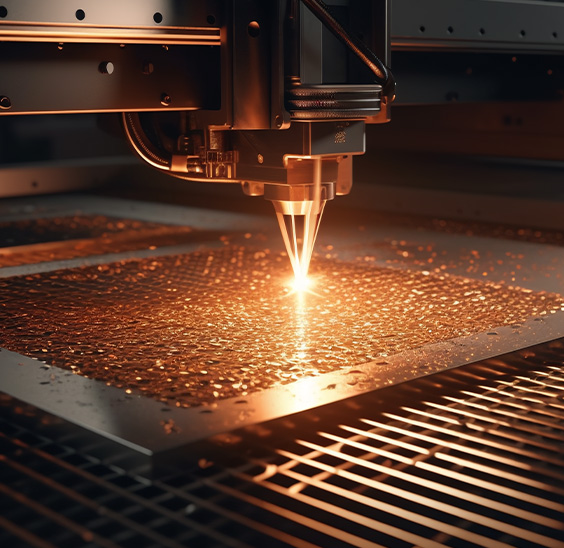Gear Wear and Damage at Brushed DC Gear Motors: Common Failures and Repair Strategies
In industrial automation, robotics, medical equipment and many other fields, Brushed DC Gear Motors play a vital role due to their compact structure, easy control and high cost-effectiveness. However, as time goes by, these motors will inevitably encounter various failures, among which gear wear or damage is particularly common and has far-reaching consequences.
Causes of gear wear or damage
As the core component of the reduction device, gear wear or damage is often caused by a combination of factors. First of all, long-term high-load operation will cause the gear surface material to gradually wear away. Especially when the lubrication is poor or the quality of the lubricating oil deteriorates, the wear rate will be significantly accelerated. Secondly, incorrect installation or adjustment may also result in poor gear meshing, which in turn creates additional friction and stress, accelerating the wear process. In addition, factors such as pollution, temperature changes, and vibration in the external environment may also have adverse effects on the gears.
Signs of gear wear or damage
When Brushed DC Gear Motors gears become worn or damaged, the symptoms are often obvious. First of all, the transmission efficiency of the motor will decrease significantly, which is manifested as reduced output torque, unstable speed, or failure to reach the rated value. Secondly, due to poor gear meshing, abnormal noise and vibration will be generated, which not only affects the normal operation of the equipment, but may also cause damage to the surrounding environment and the equipment itself. Finally, severe wear or damage may lead to serious consequences such as gear breakage and jamming, making the Brushed DC Gear Motors completely unable to work.
maintenance strategy
Repair strategies for gear wear or damage mainly include the following aspects:
Inspection and Assessment: First, a comprehensive inspection of Brushed DC Gear Motors is required to determine the degree of wear and damage to the gears. By measuring the tooth thickness, tooth pitch and other parameters of the gear, the degree of wear can be assessed; at the same time, observe whether there are cracks, peeling and other signs of damage on the gear surface.
Cleaning and lubrication: For wear caused by poor lubrication, the gear surface should be cleaned in time and replaced with new lubricating oil. Ensure that the quality of lubricating oil meets the requirements and regularly check the quantity and quality of lubricating oil.
Repair or replacement: For gears that are lightly worn, you can try to repair them, such as regrinding the teeth, adjusting the meshing clearance, etc. However, if the wear is severe or the gear is damaged, it must be replaced with a new one. During the replacement process, attention should be paid to selecting new gears that match the original gears, and ensuring that they are installed correctly and tightened reliably.
Adjustment and testing: After replacing or repairing the gear, Brushed DC Gear Motors need to be adjusted and tested to ensure that its transmission efficiency, noise and vibration and other performance indicators meet the requirements.
Precautions
To reduce the occurrence of gear wear or damage, the following precautions can be taken:
Regular maintenance: Clean, lubricate and tighten the motor regularly to ensure that all components are in good condition.
Correct installation and adjustment: When installing and adjusting the motor, the operating procedures should be strictly followed to ensure good gear meshing and smooth transmission.
Choose high-quality accessories: When replacing accessories such as gears, you should choose high-quality products with reliable quality and stable performance to improve the overall performance and lifespan of Brushed DC Gear Motors.
Control operating conditions: Reasonably control the operating conditions of Brushed DC Gear Motors, such as avoiding overload operation, reducing frequent starts and stops, etc., to reduce the wear rate of gears.
Wear or damage to gears in Brushed DC Gear Motors is one of the common failures, but with reasonable maintenance strategies and preventive measures, we can effectively reduce its frequency and impact. In practical applications, we should pay close attention to the operating status of the motor and find and solve problems in time to ensure the normal operation of the equipment and the improvement of production efficiency.


 EN
EN  English
English 中文简体
中文简体 русский
русский Español
Español


















